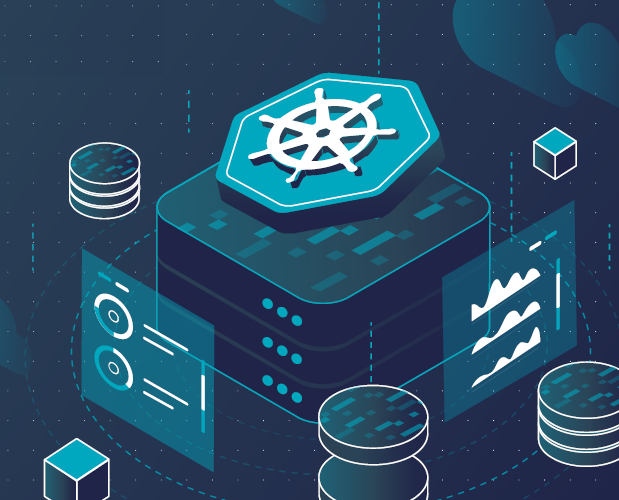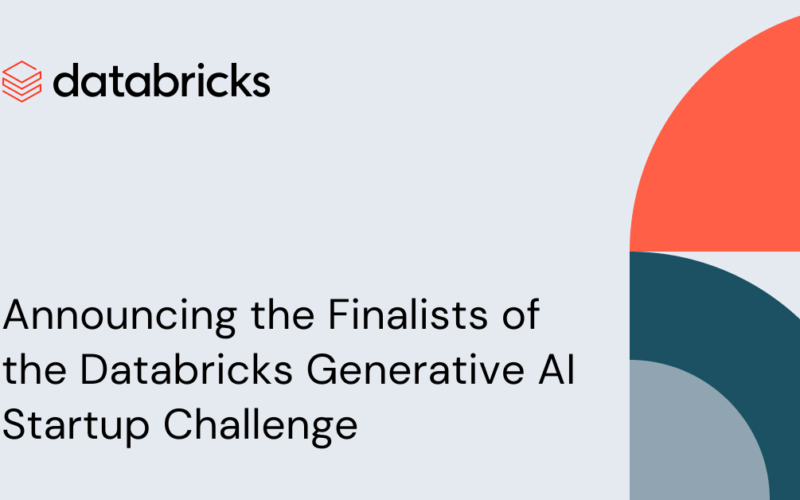21
Nov
[Submitted on 17 Oct 2024 (v1), last revised 18 Nov 2024 (this version, v2)] View a PDF of the paper titled Retrieval-Augmented Personalization for Multimodal Large Language Models, by Haoran Hao and 4 other authors View PDF HTML (experimental) Abstract:The development of large language models (LLMs) has significantly enhanced the capabilities of multimodal LLMs (MLLMs) as general assistants. However, lack of user-specific knowledge still restricts their application in human's daily life. In this paper, we introduce the Retrieval Augmented Personalization (RAP) framework for MLLMs' personalization. Starting from a general MLLM, we turn it into a personalized assistant in three steps.…






